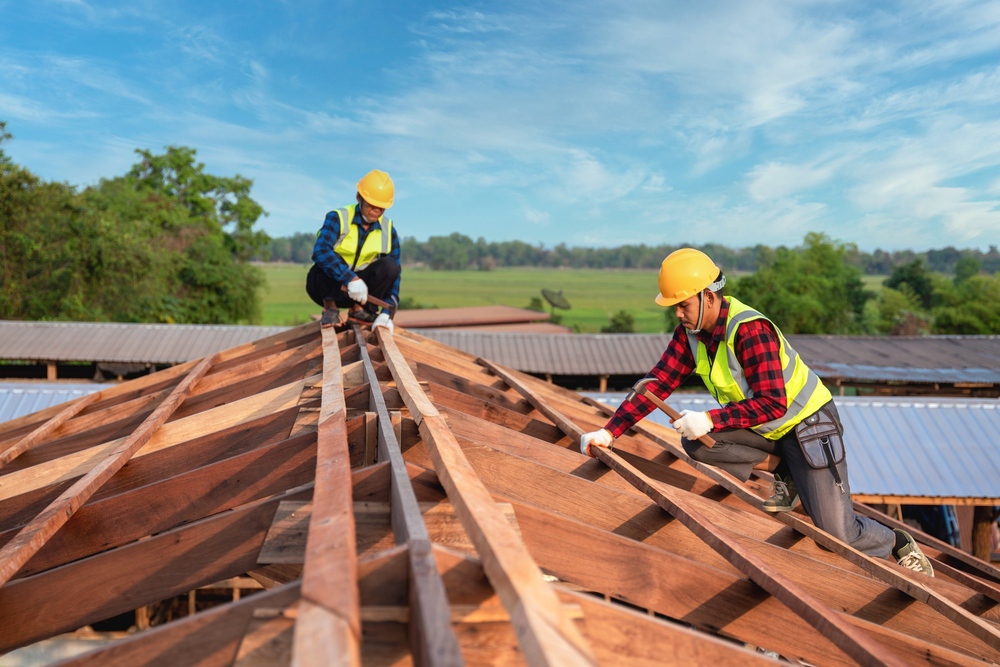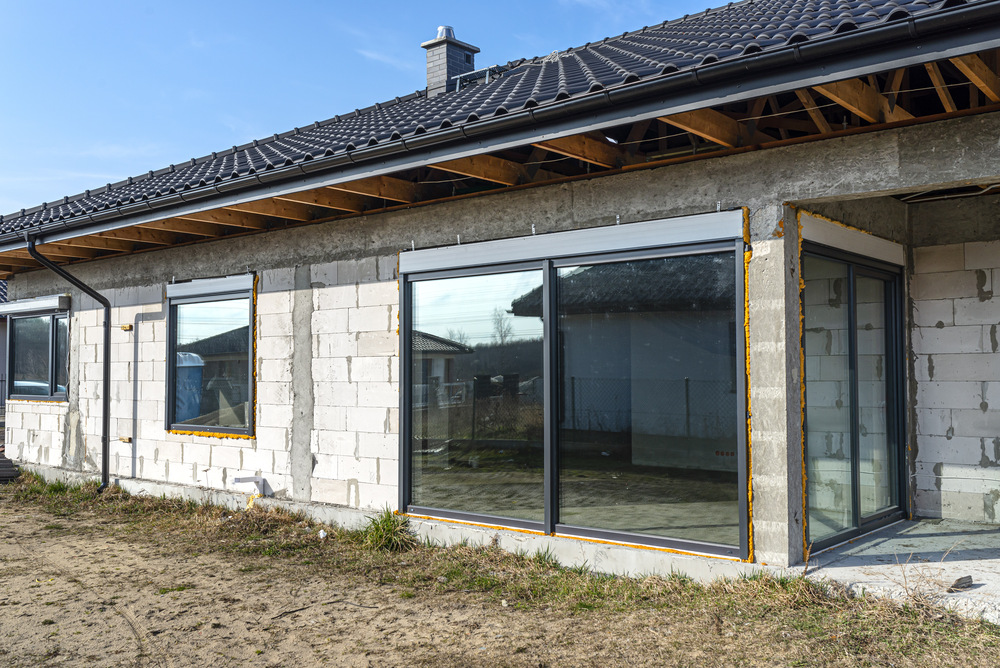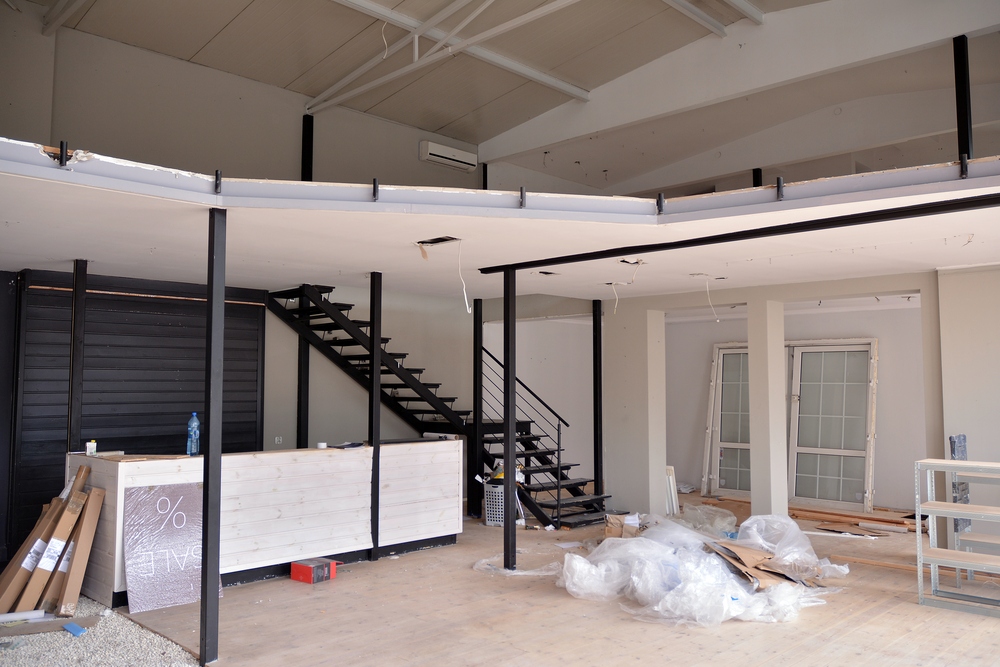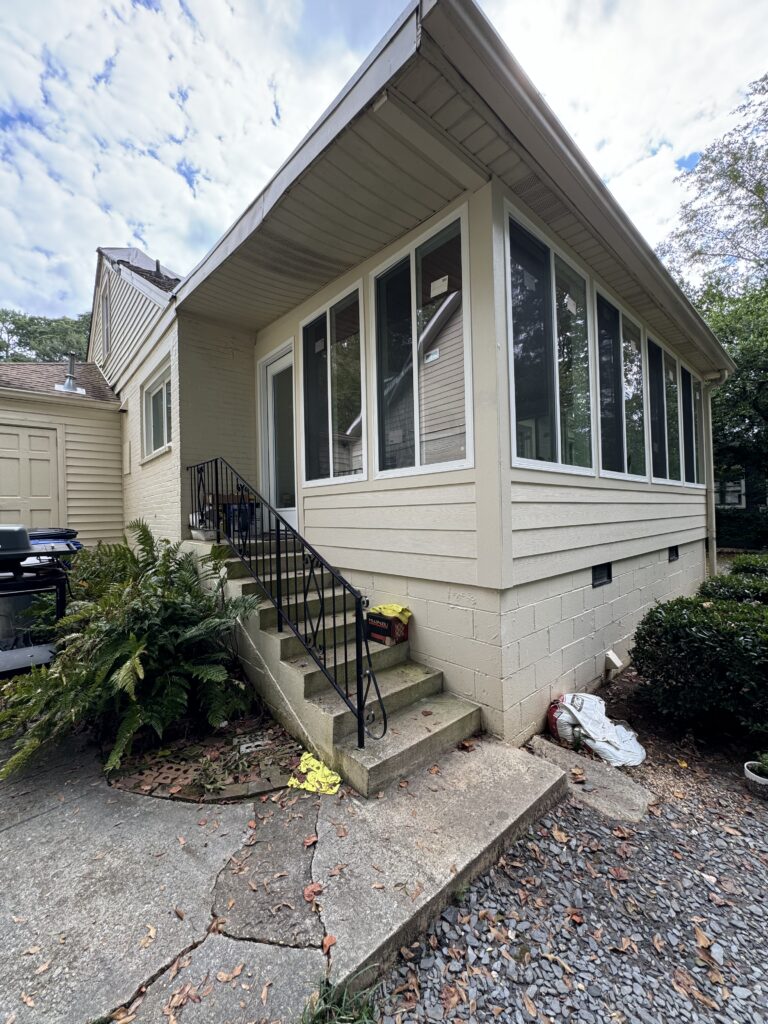When it comes to maximising living space and adding value to your home, loft conversions are a popular choice among homeowners. Converting your loft not only provides additional square footage but also offers the opportunity to create a versatile and functional living area that meets your specific needs. One key aspect to consider when planning a loft conversion is the type of roof that will best suit your space. Roof types play a crucial role in determining the aesthetics, layout, and overall feasibility of the conversion, making it essential to understand the various options available.
Pitched Roofs
Gable Roof
One of the most common roof types for loft conversions is the gable roof, characterised by its triangular shape and two sloping sides that meet at a ridge. Gable roofs offer plenty of headroom and allow for the addition of dormer windows, providing ample natural light and ventilation to the converted loft space. This traditional design is versatile and can be adapted to suit various architectural styles, making it a popular choice for many homeowners seeking a classic and timeless look for their loft conversion.

The Ultimate Guide to Choosing the Right Roofing Solution
Your roof is one of the most critical components of your home, providing protection, insulation, and aesthetic appeal. Choosing the right roofing solution can be a daunting task, but with the right information, you can make a confident decision that suits your needs and budget.
Why Your Roof Matters
A well-maintained roof not only safeguards your property from harsh weather but also enhances energy efficiency and boosts curb appeal. Neglecting your roof can lead to costly repairs, structural damage, and even health risks from mold or leaks.
Key Factors to Consider
1. Material Options
- Asphalt Shingles: Affordable, durable, and available in various styles and colors.
- Metal Roofing: Long-lasting, eco-friendly, and excellent for energy efficiency.
- Clay Tiles: Aesthetic and durable but heavier and more expensive.
- Slate Roofing: High-end, elegant, and extremely durable.
- Wood Shakes: Natural and rustic but requires regular maintenance.
2. Climate Suitability
Choose a roofing material that can withstand your region’s weather conditions. For example, metal roofing is ideal for areas prone to heavy snow, while clay tiles perform well in hot climates.
3. Budget
Determine your budget early and weigh the initial cost against the long-term value. While some materials may have a higher upfront cost, they often last longer and require less maintenance.
4. Energy Efficiency
Reflective roofing materials can help reduce cooling costs by deflecting sunlight. Look for options with high energy ratings.
5. Professional Installation
A quality installation is just as important as the material itself. Always hire licensed and experienced roofing professionals to ensure your roof is installed correctly.
Maintenance Tips for Longevity
- Regular Inspections: Check for signs of damage, such as missing shingles or leaks.
- Clean Gutters: Prevent water buildup by keeping gutters free of debris.
- Trim Nearby Trees: Overhanging branches can damage your roof during storms.
- Address Repairs Promptly: Fix small issues before they become major problems.
Conclusion
Investing in the right roofing solution is a decision that pays off in the long run. Whether you’re building a new home or replacing an old roof, consider the material, climate, budget, and professional installation to ensure a durable and aesthetically pleasing result. A well-chosen and maintained roof not only protects your home but also adds significant value to your property.






